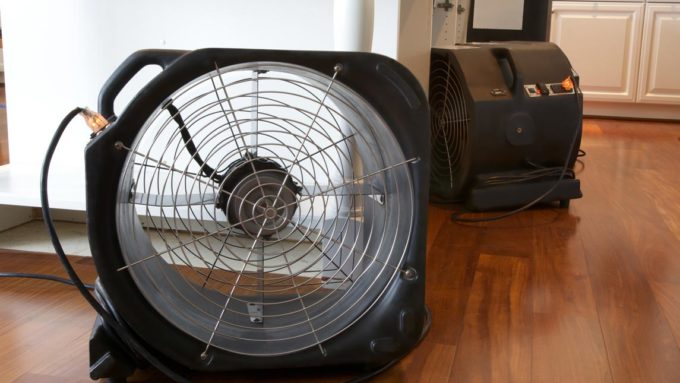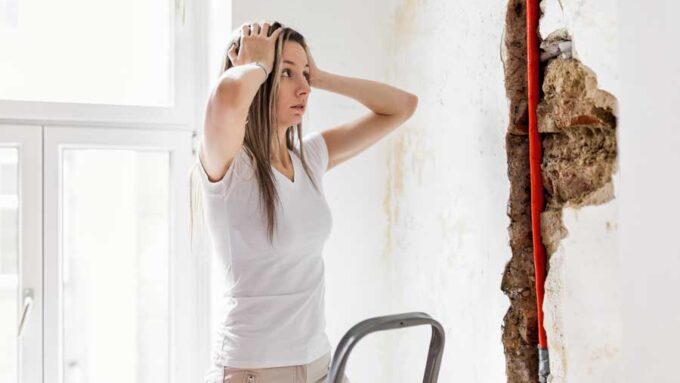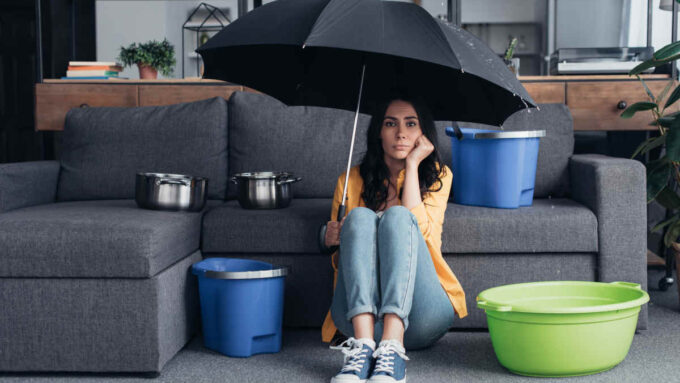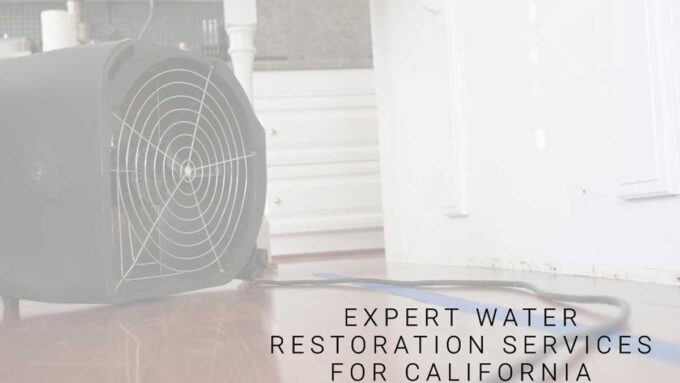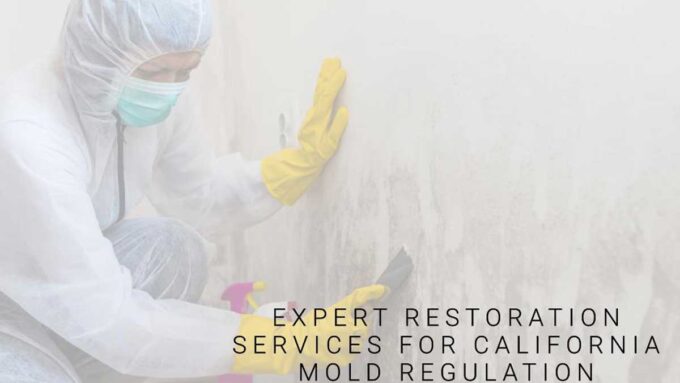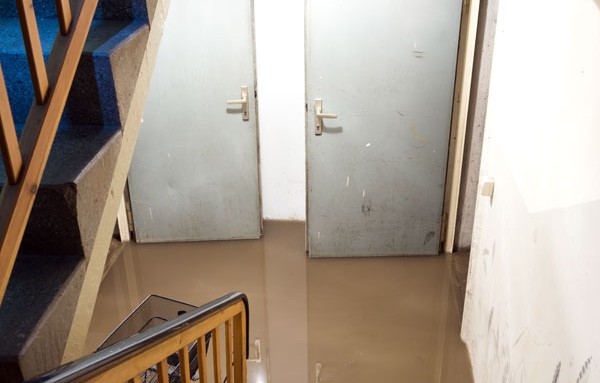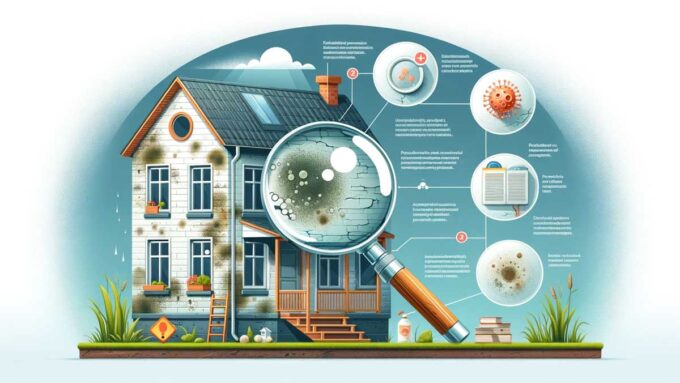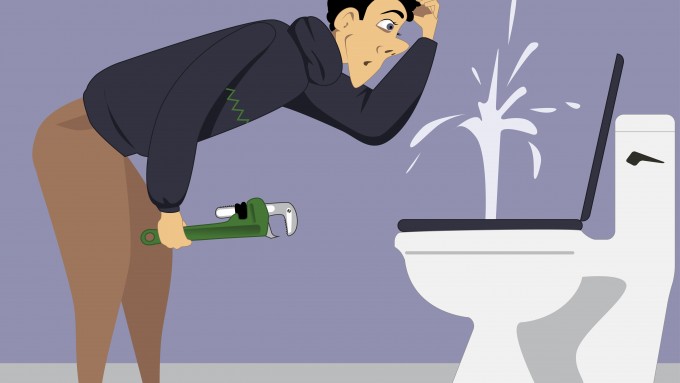You may have heard of someone’s home getting flooded when a pipe breaks or seen an advertisement for water extraction specialists and wondered, “How do they do it?” Well, they don’t use a bucket brigade system—this isn’t the 18th century—in fact, the methods are far more advanced than that now.
There are a few steps that typically take place before anyone begins extracting water and those involve: inspecting the source of the water and damage, the types of water (categories 1, 2, and 3), and identifying any health concerns (such as asbestos or mold); then they’ll move any furniture or items obstructing them from effectively extracting the water.
The Water Extraction Process
Once the situation has been assessed properly and the work area is prepared, the extraction process begins. (Be careful and await trained professionals to handle this task as the foundation may be weak and collapse, electricity can create fatal hazards, and mold or asbestos can create a toxic environment!)
- The process typically begins with the use of an industrial-strength wet vacuum/pump, which is capable of quickly extracting thousands of gallons of water.
- (Depending on the volume of water, they may also use submersible pumps to reduce drying time and prevent water damage.)
- After the water has been successfully removed, they begin an inspection of your carpets and pad—which may need to be removed to protect the floor underneath.
- Moisture detectors, hygrometers, and infrared cameras are used to detect problematic moisture-levels and hard-to-see “smart water” that can hide in the walls and ceilings.
Post-Extraction Drying and Cleaning
Following the extraction process, they begin drying and dehumidifying your floors, walls, and ceilings. With the help of industrial dehumidifiers and high-speed floor dryers (also called “air movers”), they can return your home to acceptable levels of dryness, measured with specialized moisture equipment.
Once the property is sufficiently dry, it is then cleaned, sanitized, deodorized, and restored. This process involves air-scrubbers, anti-microbial and -bacterial treatments, and disinfectants to ensure your personal belongings are preserved and your home is safe. (They typically help dispose of any damaged goods as well.)
Onward to a Dry Future
That’s a quick description of the water extraction process professionals in Santa Rosa, CA use to save peoples’ homes. From water-pumping to moisture-removal, and drying to cleaning, your home will look like it’s been dry for decades!
If you ever experience a flood or water damage of any kind, contact your local water extraction/removal specialists to ensure your home is taken care of appropriately.

